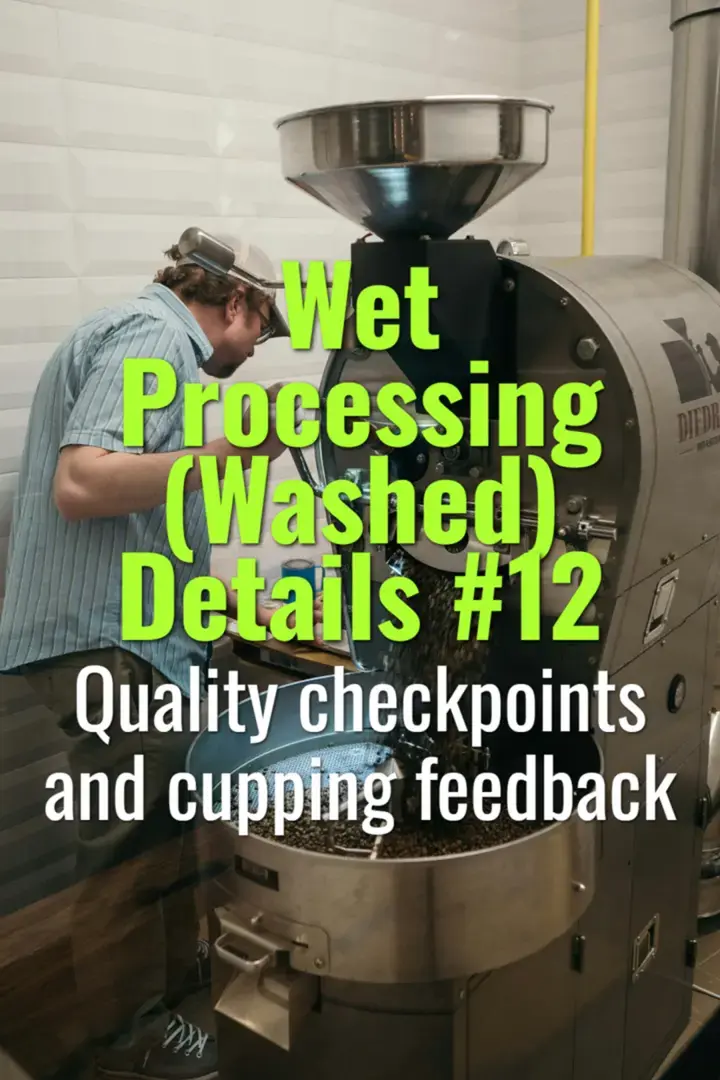
Quality checkpoints and cupping feedback
This topic explains how quality checkpoints are established during washed coffee processing, and how cupping feedback connects processing practices to final flavor outcomes.

This topic explains how quality checkpoints are established during washed coffee processing, and how cupping feedback connects processing practices to final flavor outcomes.
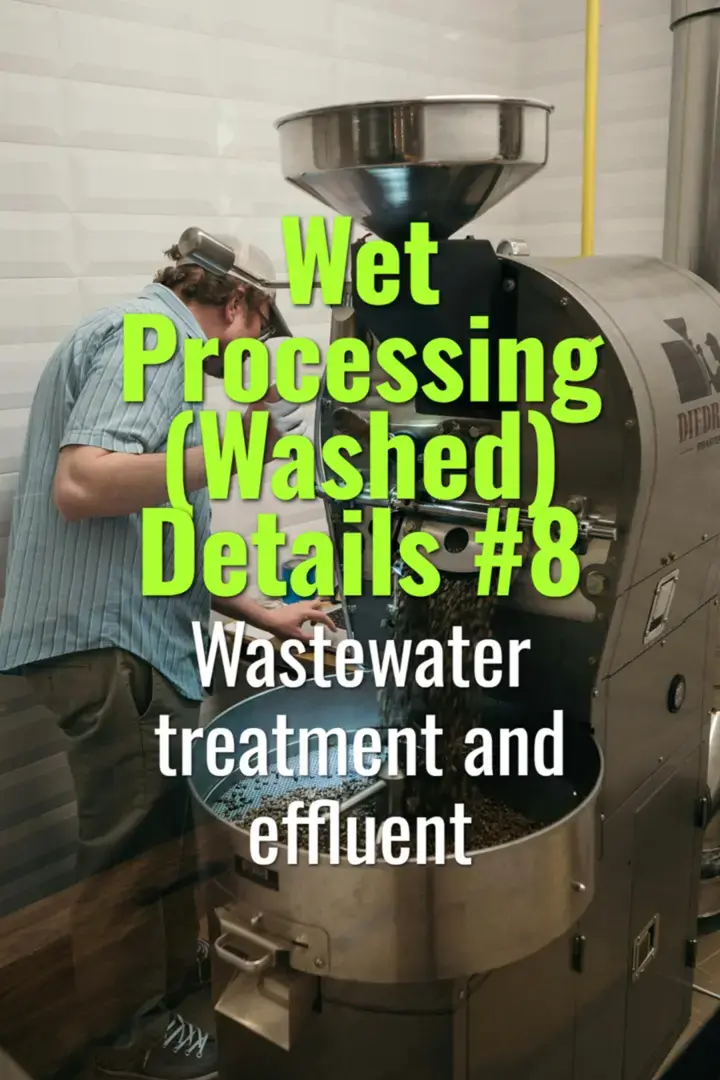
This topic explains the challenges of wastewater and effluent management in washed coffee processing, methods of treatment, and the importance of reducing environmental impact.
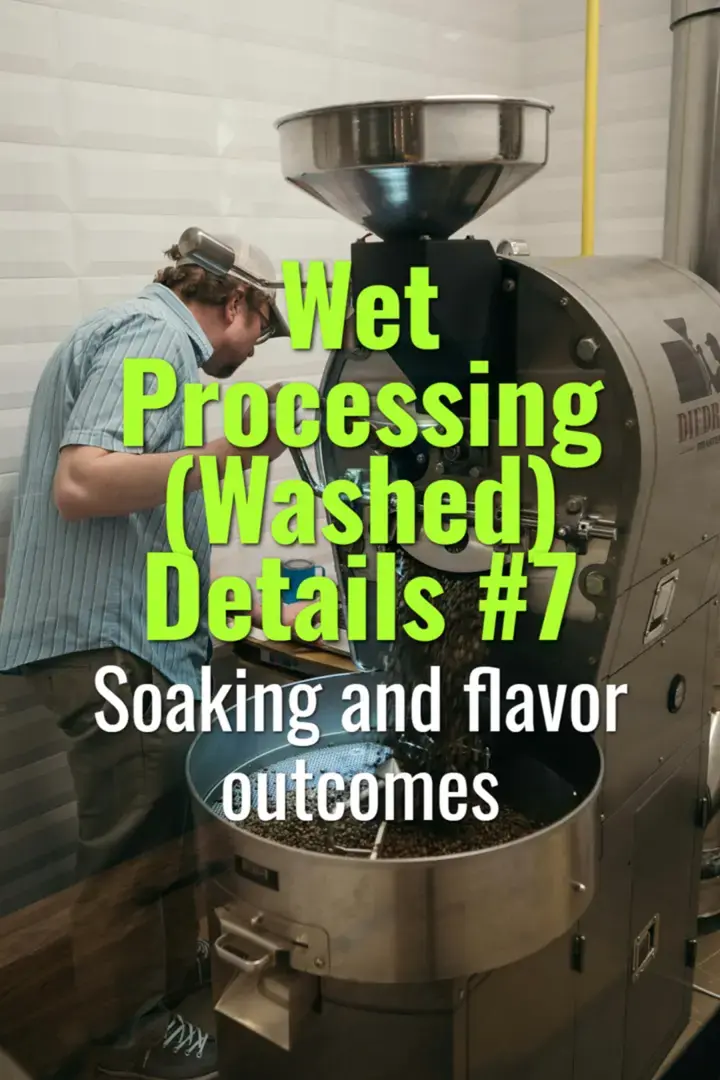
This topic explains the practice of soaking coffee after fermentation, why some origins use it, and how it affects flavor, cleanliness, and consistency in washed coffee profiles.
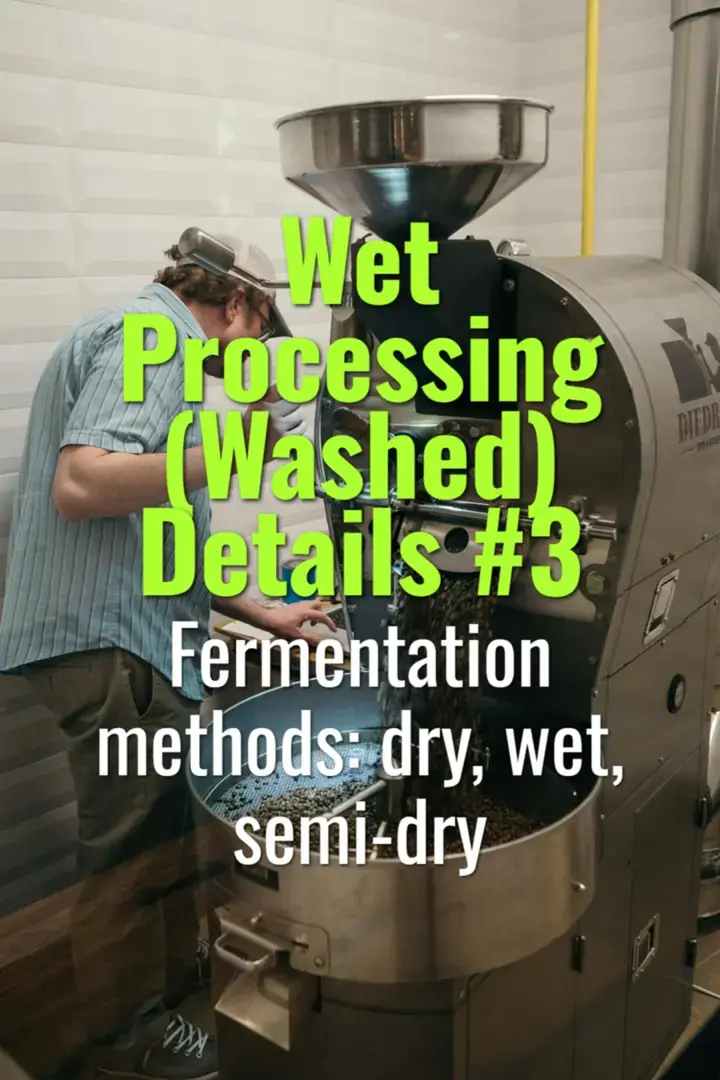
This topic explains the three main fermentation methods used in washed coffee—dry, wet, and semi-dry—how they differ, their effects on processing efficiency, and their influence on flavor outcomes.
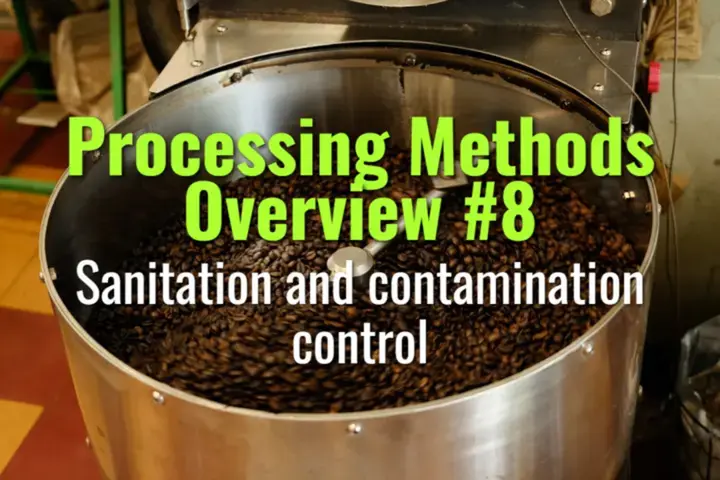
This topic explains the importance of sanitation in coffee processing, the risks of contamination, and the best practices used to ensure clean, consistent, and high-quality coffee.
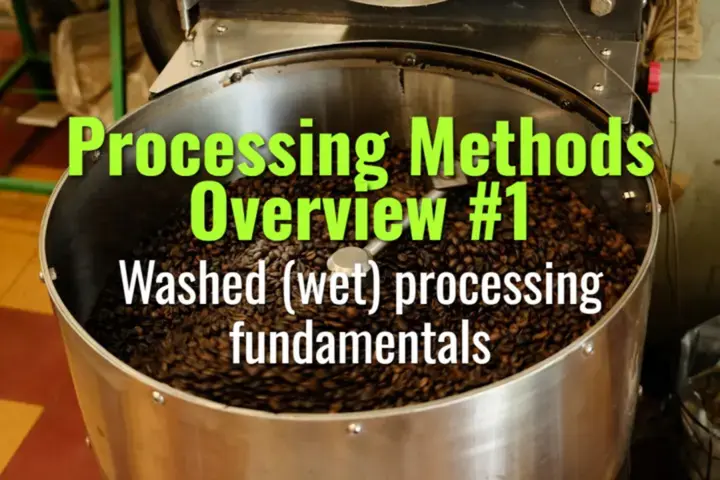
This topic explains the fundamentals of washed (wet) coffee processing, covering the main steps, advantages, challenges, and sensory outcomes of this widely used method.